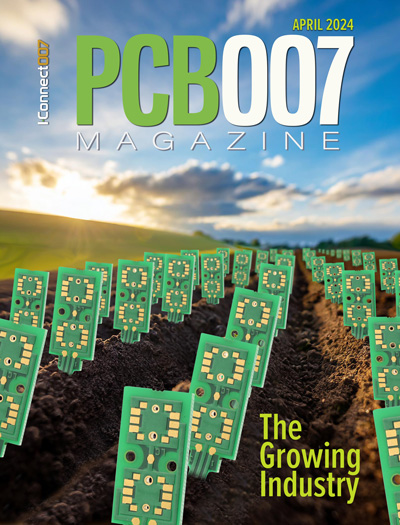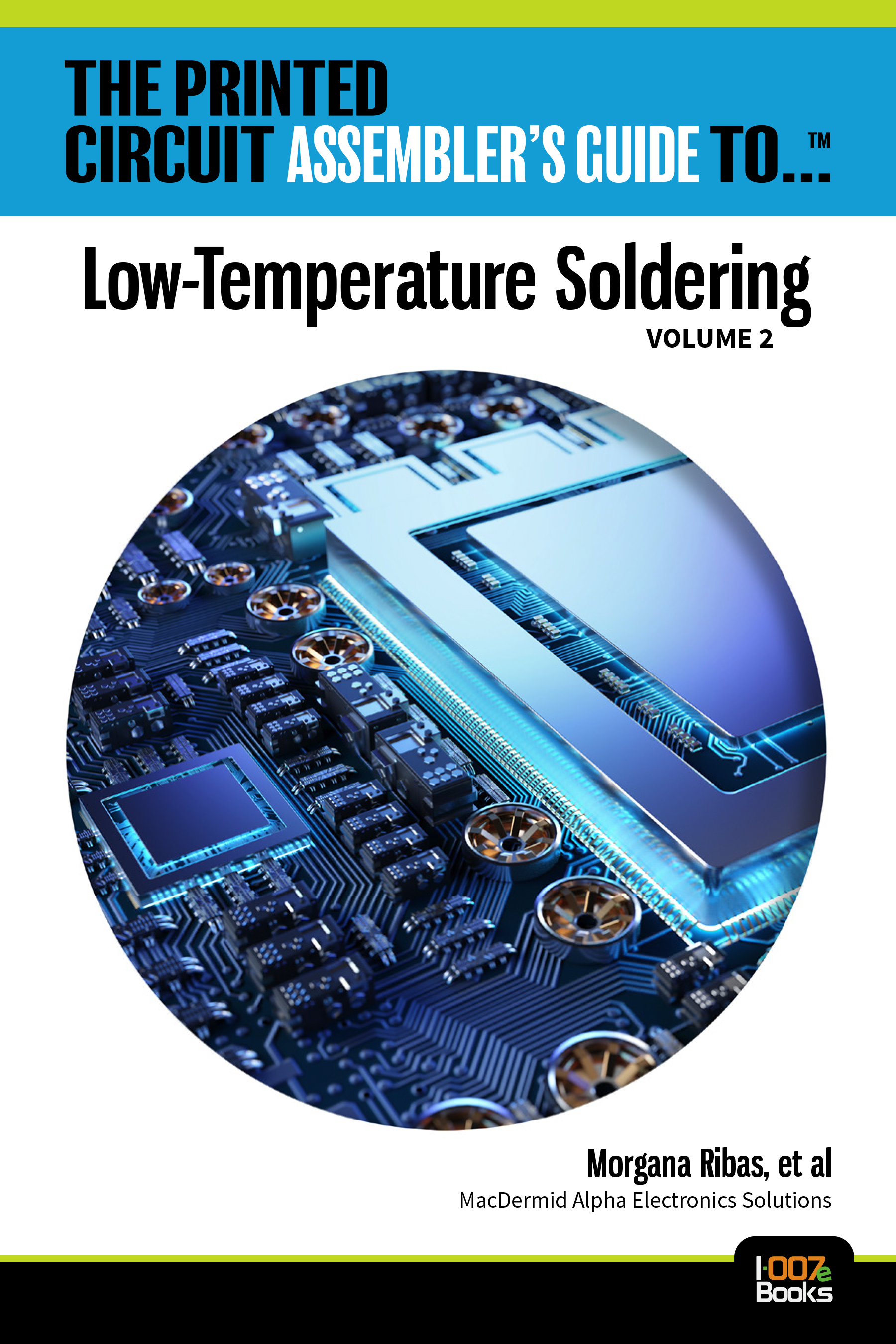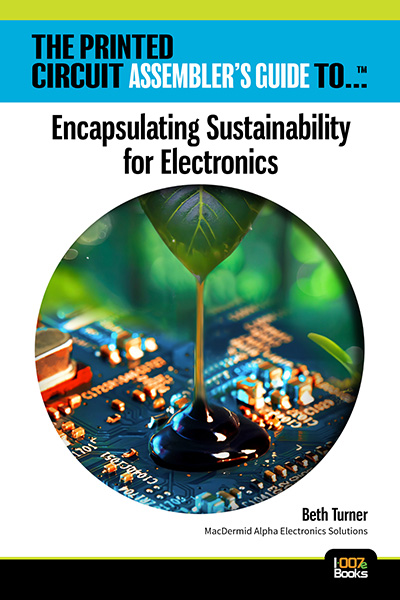-

- News
- Books
Featured Books
- pcb007 Magazine
Latest Issues
Current Issue
The Growing Industry
In this issue of PCB007 Magazine, we talk with leading economic experts, advocacy specialists in Washington, D.C., and PCB company leadership to get a well-rounded picture of what’s happening in the industry today. Don’t miss it.

The Sustainability Issue
Sustainability is one of the most widely used terms in business today, especially for electronics and manufacturing but what does it mean to you? We explore the environmental, business, and economic impacts.

The Fabricator’s Guide to IPC APEX EXPO
This issue previews many of the important events taking place at this year's show and highlights some changes and opportunities. So, buckle up. We are counting down to IPC APEX EXPO 2024.
- Articles
- Columns
Search Console
- Links
- Events
||| MENU - pcb007 Magazine
Trouble in Your Tank
Column from: Michael Carano
Mike brings over 40 years of electronics industry experience with special expertise in manufacturing, performance chemicals, metals, semiconductors, medical devices, and advanced packaging.
A recognized thought leader, subject matter expert (SME), and author, Mike holds 7 US and 20 foreign patents. He has published over 190 articles and presented peered reviewed technical papers all over the world.
Mike is currently a Technical and Market Intelligence consultant to IPC and a project facilitator for HDP User Group international.
Mike has served on more than 20 IPC Standards committees, and has served 14 years as a member of the IPC Board of Directors. Mike has developed multiple professional development courses for IPC including the Advanced Trouble Shooting and Defect Analysis for Printed Circuit Boards.
In 2014 Mike was elected to the IPC Raymond E. Pritchard Hall of Fame, and later recognized for his standards work with Mike’s awarding of the Dieter Bergman Fellowship award and most recently the ANSI Finegan Medal. Previously Mike was the VP of Technology Business Development at RBP Chemical Technology, and the Global Director of R&D and Applications Engineering for the OM Group. He holds a B.A. in Chemistry and an M.B.A.


